T4K3.news
Glacial barriers in Juneau curb floods
A glacial flood on the Mendenhall River tested barriers that protected neighborhoods, but questions remain over ongoing costs and future risk.
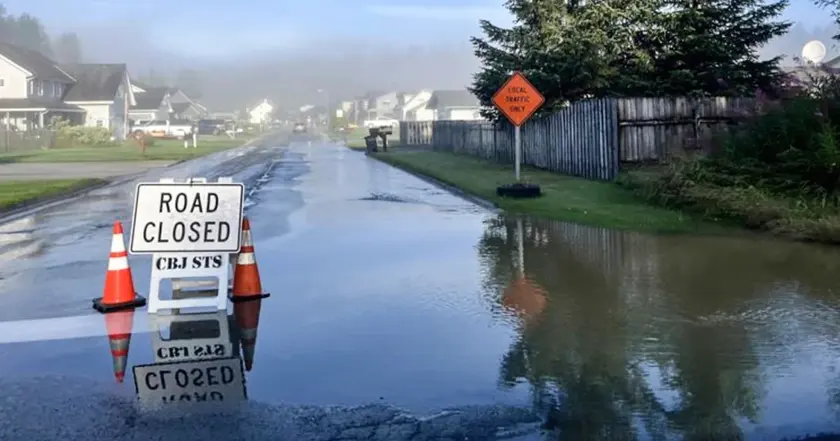
A glacial flood on the Mendenhall River shows how barriers protect neighborhoods while raising questions about long term costs and planning.
Glacial barriers help Juneau curb floods amid warming trend
On Wednesday, a surge of floodwater from a glacial outburst ran down the Mendenhall River near Juneau and prompted evacuation warnings in parts of the city. Barriers built along the river helped keep water from seeping into many homes, though floodwaters still rose higher than in the previous year. Homeowners in the flood zone are paying more than $600 a year for protection, a cost that reflects local choices about risk and resilience. The barriers were funded in part by residents and supported by the U.S. Army Corps of Engineers, which helped design the system. Glacial outburst floods happen when meltwater builds behind an ice dam or moraine and then releases suddenly. Alaska hosts hundreds of glacier rims and lakes, most in remote areas that limit downstream damage, but some sites pose real risk to people and infrastructure Downstream, officials emphasize that access and monitoring remain essential as the ice and water dynamics shift.
Scientists note that climate change is reshaping flood risk patterns. While Alaska has seen a decline in some outburst volumes since 1985 as glaciers thin, new lakes could form at higher elevations and in colder places, potentially creating fresh hazards even as others recede. In key spots like Suicide Basin upstream of Juneau, the consequences of a so called ice dam failure are particularly notable because infrastructure sits downstream. Researchers say the overall pattern will be a mix: some areas see less risk while others grow more fragile as the climate warms.
Key Takeaways
"We can’t fix the glacier."
Startz on the limits of human control over natural systems
"We’re still evaluating the barriers, but we are confident they did help prevent property damage."
McFadden on early results of the barrier system
"Once triggered, they can go catastrophic and cause flooding several orders of magnitude beyond the greatest flood ever measured."
Capps on the potential scale of outburst floods
The episode highlights a central truth of climate adaptation: short term measures can buy time, but they don’t remove long term risk. The barriers appear to have limited property damage this year, yet they transfer the cost and responsibility to local residents and officials. That dynamic raises important questions for policy makers about how to fund and maintain defenses that serve only parts of a river system. As glaciers retreat, some communities will likely face fewer big floods, but new ice dams and lakes could appear in places we don’t expect. The broader lesson is clear: resilience requires ongoing investment, clear plans, and shared responsibility across public agencies, homeowners, and taxpayers.
Highlights
- We can’t fix the glacier.
- We’re still evaluating the barriers, but we are confident they did help prevent property damage.
- Once triggered, they can go catastrophic.
- If those barriers work, great I don’t mind paying that extra.
Budget and public safety concerns over adaptation
The event centers on the cost of protective barriers and ongoing funding for flood defense in a small city. Residents bear annual costs, and the long term funding and maintenance of infrastructure remain uncertain and potentially contentious.
Adaptation is a long game that requires steady funding and public will.
Enjoyed this? Let your friends know!
Related News
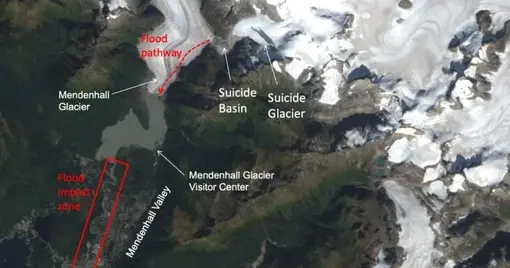
Alaska declares disaster over imminent glacier flood
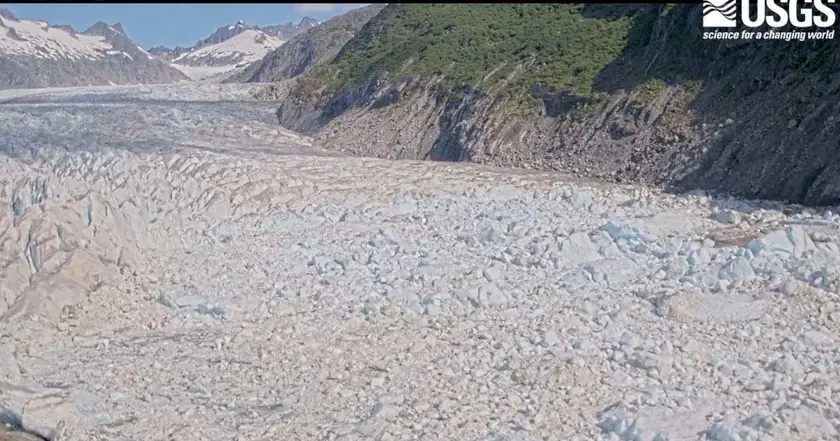
Record flood risk prompts evacuation in Juneau
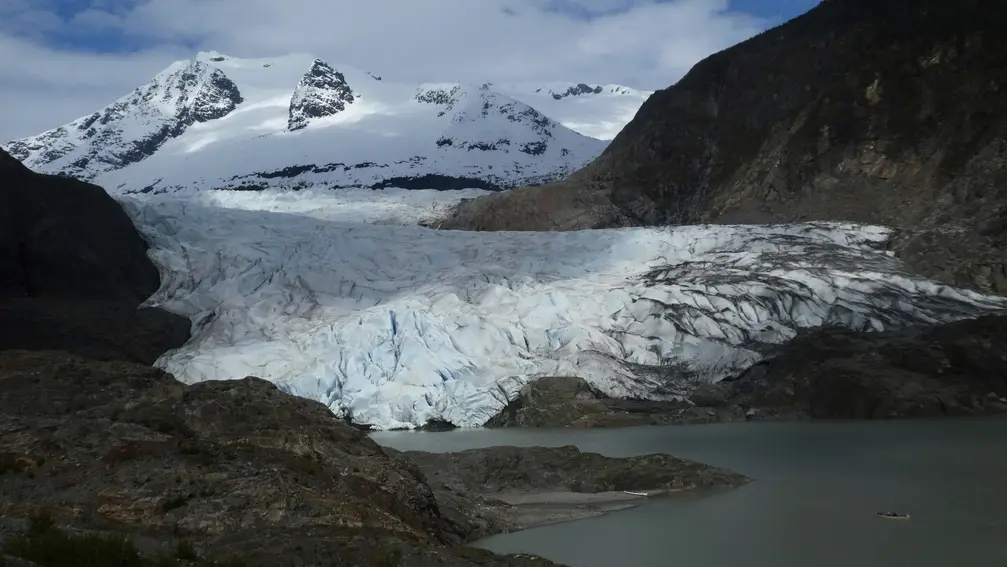
Juneau braces for potential record flood

Alaska faces record flood risk from glacial melt
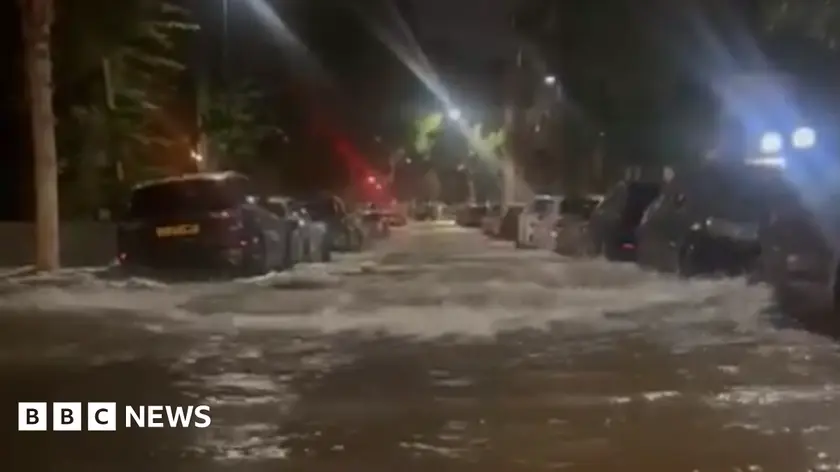
Islington water main bursts flooding streets
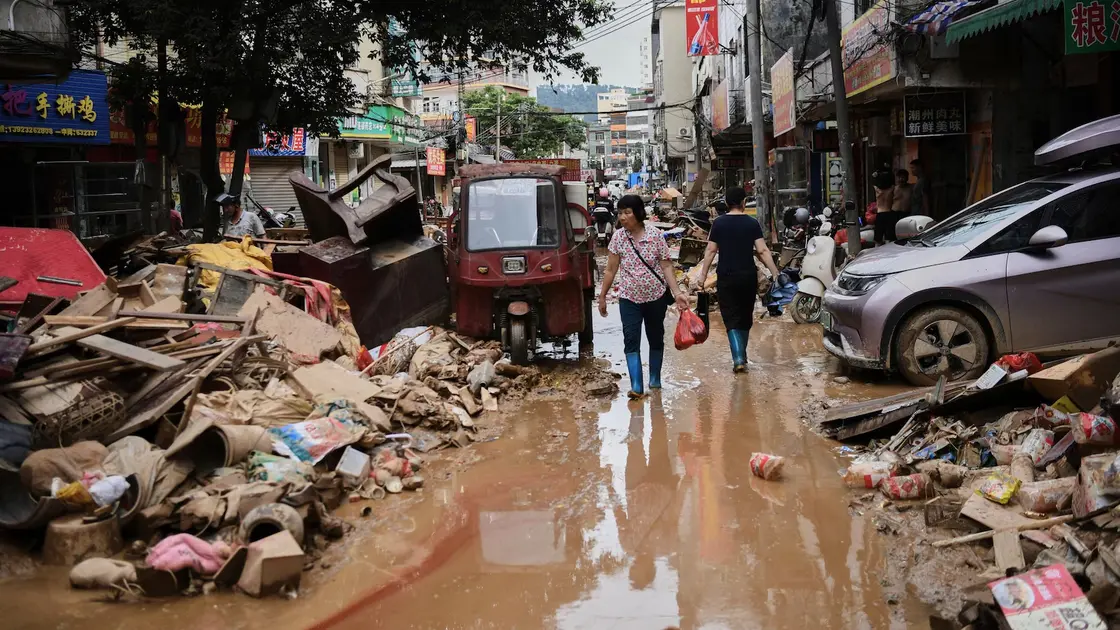
Chikungunya outbreak reported in southern China
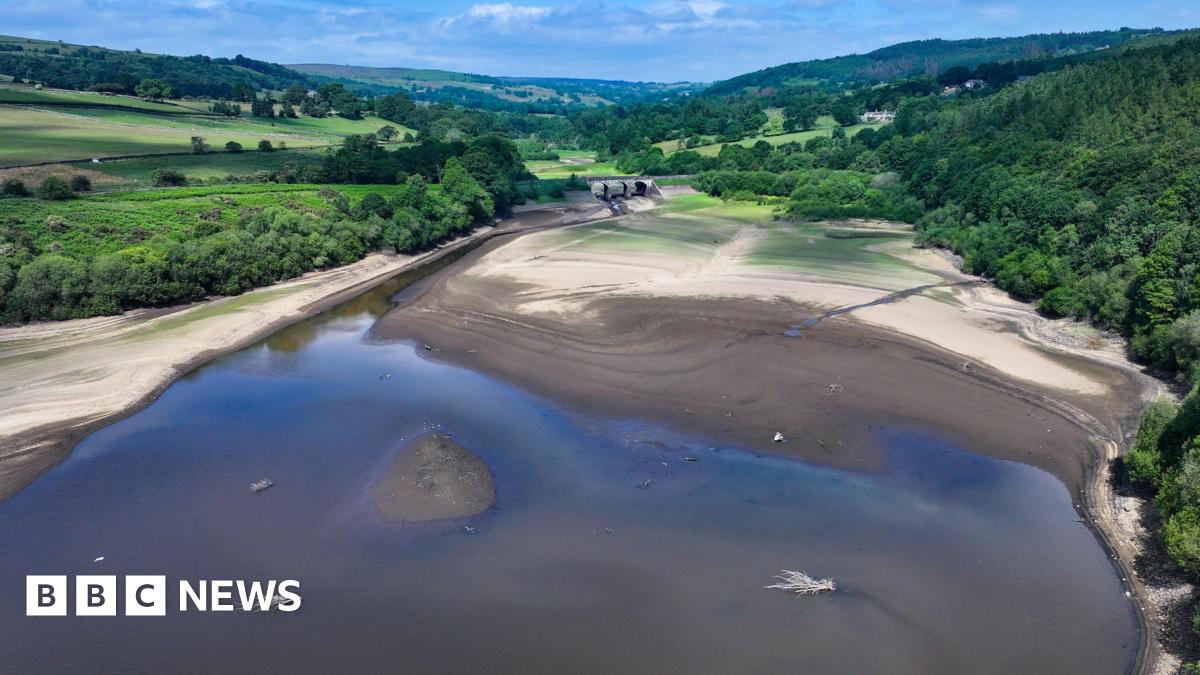
New reservoirs face significant construction barriers

Illegal vapes and counterfeit cigarettes found in Wales
